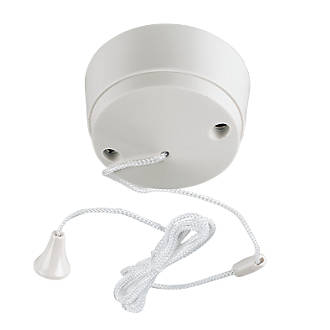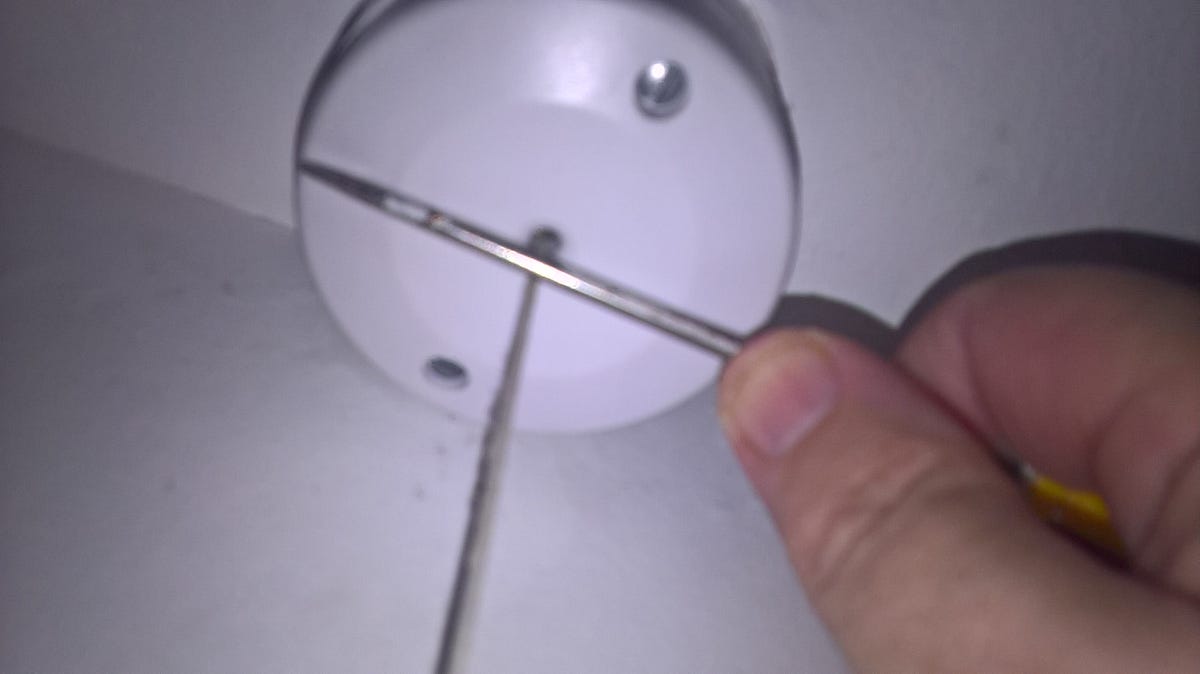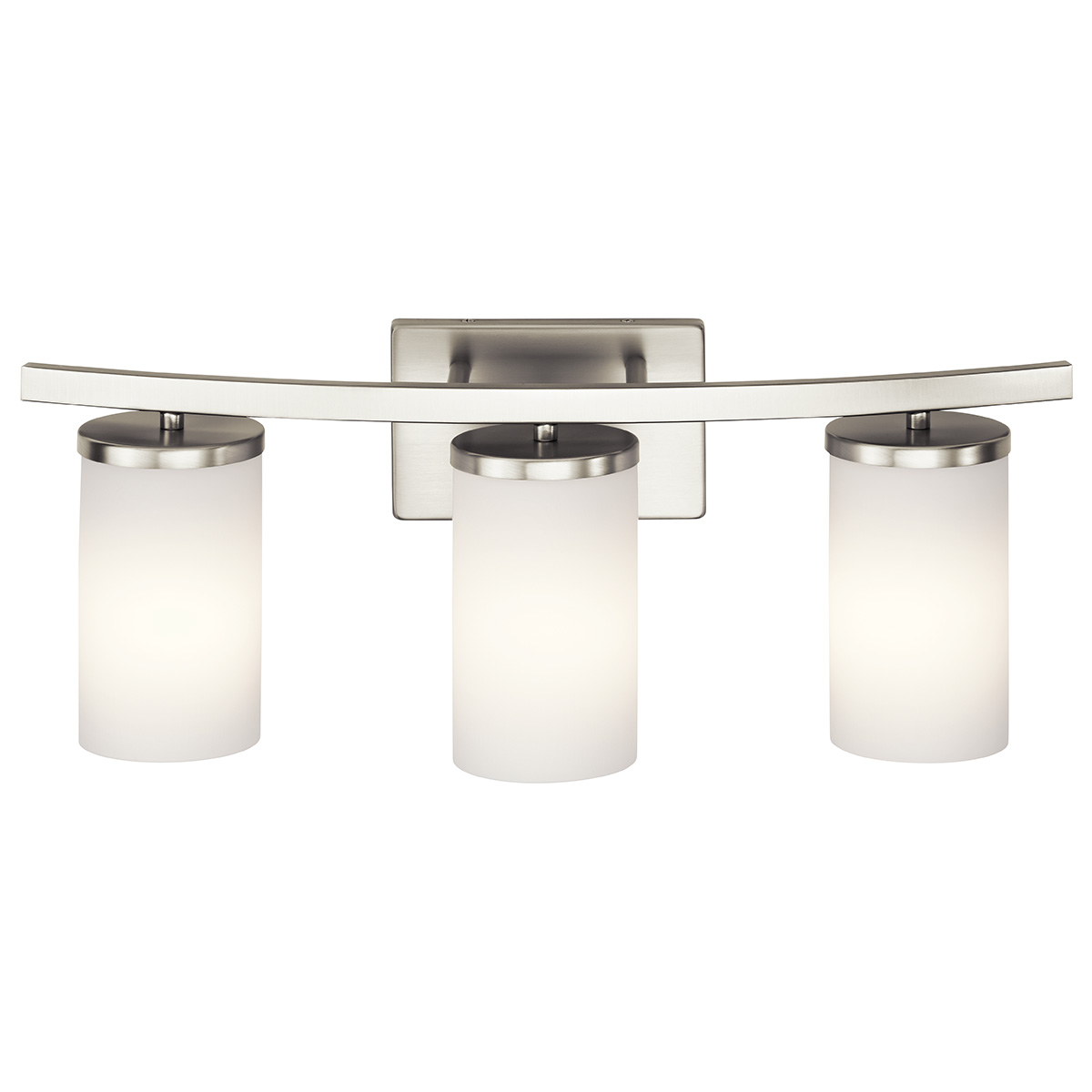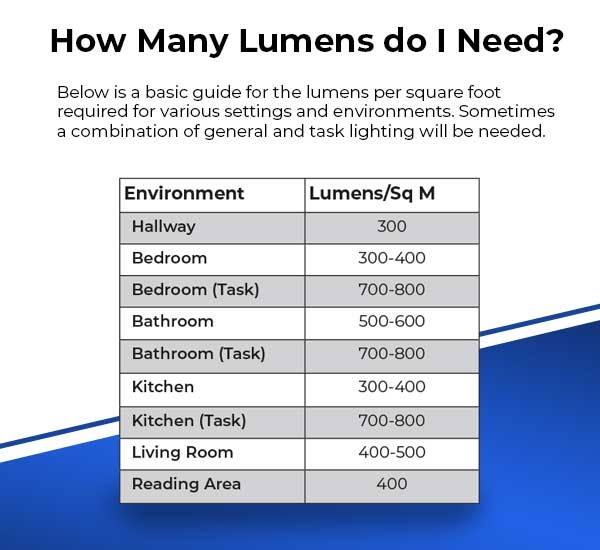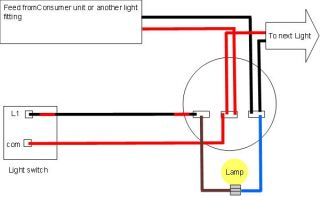Components of a Pull Cord Bathroom Light
Bathroom lighting plays a crucial role in our daily lives, providing us with the necessary illumination for our grooming routines. One popular type of bathroom lighting is the pull cord light, which offers convenience and ease of use. Let’s discuss the mechanism of a pull-cord bathroom light and explore its various components.
- The Pull Cord Switch: The pull cord switch is the heart of a pull cord bathroom light. It is typically located near the entrance of the bathroom, allowing easy access. When the cord is pulled, it activates the switch, completing the electrical circuit and turning on the light. The switch is usually made of durable materials such as plastic or metal, ensuring its longevity.
- The Light Fixture: The light fixture is where the bulb is housed. It can come in various designs, from simple and functional to decorative and ornate. The fixture is attached to the ceiling or wall, depending on the bathroom’s layout. It is essential to choose a fixture that complements the bathroom’s aesthetic while providing sufficient illumination.
- The Electrical Wiring: Behind the scenes, the electrical wiring connects the pull cord switch to the light fixture. It carries the electrical current from the switch to the bulb, enabling the light to turn on. Proper wiring is crucial to ensure safe and efficient operation. It is recommended to seek professional assistance if you are unsure about electrical work.
- The Bulb: The bulb is the source of light in a pull-cord bathroom light. There are various types of bulbs available, including incandescent, fluorescent, and LED. Each type has its advantages and considerations, such as energy efficiency and lifespan. It is important to choose a bulb that suits your needs and preferences.
- The Pull Cord: Last but not least, the pull cord itself is an essential component of a pull cord bathroom light. It is usually made of a durable material like nylon or metal and is attached to the pull cord switch. The length of the cord can be adjusted to accommodate different bathroom layouts. A well-designed pull cord should be easy to grip and operate.

Identifying Problems with the Pull Cord
Having a functional pull cord bathroom light is essential for a smooth and hassle-free experience. However, like any electrical fixture, pull cord lights can encounter issues over time. Here are some common problems that may arise with pull-cord bathroom lights and discuss how to identify and troubleshoot them effectively.
- Non-Responsive Pull Cord: One of the most common issues with pull cord lights is a non-responsive pull cord. When you pull the cord, but the light does not turn on, there may be several possible causes. It could be due to a faulty switch, a loose connection in the wiring, or a burned-out bulb. To identify the problem, start by checking the bulb and ensuring it is not burned out. If the bulb is fine, you may need to inspect the switch and wiring for any visible signs of damage or loose connections.
- Stuck or Jammed Pull Cord: Another issue that can occur is a stuck or jammed pull cord. If you find that the cord is difficult to pull or does not retract properly, there may be an obstruction causing the problem. Inspect the cord and its path for any tangled wires, debris, or objects that may be preventing smooth operation. Carefully remove any obstructions and test the pull cord to see if the issue is resolved.
- Flickering or Dimming Light: If your pull cord bathroom light flickers or dims intermittently, it could be a sign of a loose connection or a faulty bulb. Start by checking the bulb and ensuring it is securely screwed in. If the bulb appears fine, inspect the connections in the wiring for any loose or damaged parts. Tighten any loose connections and replace any damaged components to resolve the issue.
- Excessive Noise or Vibration: Unusual noise or vibration coming from the pull cord light can be a cause for concern. It may indicate loose components, faulty wiring, or an issue with the light fixture itself. Begin by checking all visible connections and ensuring they are securely fastened. If the noise persists, it is recommended to consult a professional electrician to inspect the internal components and identify the source of the problem.
- Inconsistent On/Off Function: If your pull cord bathroom light turns on and off inconsistently or randomly, it may be due to a faulty switch or a wiring issue. Start by examining the pull cord switch and checking for any signs of damage or wear. If the switch appears to be in good condition, inspect the wiring for any loose connections or exposed wires. It is advisable to seek professional assistance if you are unsure about handling electrical components.
Fixing a Faulty Pull Cord in the Bathroom Lighting
A faulty pull cord in a bathroom light can be frustrating, as it can disrupt your daily routines and compromise the functionality of your lighting. Fortunately, many issues with pull cords can be resolved with some basic troubleshooting and repair techniques. Here is a step-by-step repair guide to help you fix a faulty pull cord in your bathroom lighting.
Turn Off the Power: Before you begin any repair work, it is crucial to turn off the power to the bathroom lighting circuit. Locate the circuit breaker or fuse box and switch off the corresponding breaker or remove the fuse. This step ensures your safety by preventing any electrical shocks or accidents while working on the pull cord.
Remove the Light Fixture: To access the pull cord mechanism, you will need to remove the light fixture from the ceiling or wall. Start by unscrewing any screws or bolts that hold the fixture in place. Carefully detach the fixture from its mounting brackets, taking note of any wires that are connected to it. If necessary, use a voltage tester to ensure that there is no electrical current flowing through the wires.
Inspect the Pull Cord Switch: Once the light fixture is removed, you can inspect the pull cord switch for any visible signs of damage or wear. Look for loose connections, frayed wires, or broken components. If you notice any issues, you may need to replace the pull cord switch. Disconnect the wires from the old switch and connect them to the new switch according to the manufacturer’s instructions.
Check the Wiring: Next, examine the wiring that connects the pull cord switch to the light fixture. Look for loose connections, exposed wires, or signs of damage. If you find any issues, carefully strip off the damaged portion of the wire and reconnect it securely. Use wire nuts or electrical tape to insulate the connections and ensure a safe and reliable electrical connection.
Replace the Bulb: If the pull cord light is still not functioning properly after checking the switch and wiring, it may be due to a burned-out bulb. Replace the bulb with a new one of the same type and wattage. Make sure the bulb is securely screwed into the socket to ensure proper contact and operation.
Reassemble and Test: Once you have completed the necessary repairs, it’s time to reassemble the light fixture and restore power to the bathroom lighting circuit. Secure the fixture back onto its mounting brackets and tighten any screws or bolts. Turn on the circuit breaker or reinsert the fuse to restore power to the bathroom lighting. Test the pull cord to ensure that it activates the light properly.
Safety Measures and Precautions
Working with electrical fixtures, including pull cord bathroom lights, requires careful attention to safety measures and precautions. Electricity can be dangerous, and improper handling can result in accidents, injuries, or even fatalities. Let’s discuss essential safety measures and precautions to consider when working with electrical fixtures in general and specifically when dealing with pull-cord bathroom lights.
Turn Off the Power: Before you begin any work on electrical fixtures, always turn off the power at the circuit breaker or fuse box. This step ensures your safety by eliminating the risk of electrical shocks. Use a voltage tester to double-check that there is no electrical current flowing through the wires before you start working on them.
Use Personal Protective Equipment (PPE): When working with electrical fixtures, it is crucial to use appropriate personal protective equipment (PPE) to minimize the risk of injuries. Wear safety glasses to protect your eyes from debris or sparks, and use insulated gloves to protect your hands from electrical shocks. If you are working on a ladder or in an elevated area, use a safety harness or ensure the area is properly secured to avoid falls.
Follow Proper Wiring Practices: When handling electrical fixtures, it is essential to follow proper wiring practices to ensure safe and reliable connections. Use wire nuts or electrical tape to secure wire connections, and avoid overcrowding wires in junction boxes. Make sure to use the correct gauge of wire for the electrical load and follow the manufacturer’s instructions for installation.
Avoid Water Contact: Water and electricity do not mix well and can result in electric shocks or short circuits. When working with electrical fixtures in wet areas like bathrooms, take extra precautions to avoid water contact. Ensure your hands are dry before touching any electrical components, and use non-conductive materials like plastic or rubber when possible.
Seek Professional Assistance When Needed: If you are unsure about any aspect of working with electrical fixtures or if the repair or installation requires advanced knowledge or skills, it is always best to seek professional assistance. Licensed electricians have the expertise and experience to handle complex electrical tasks safely and efficiently.
Regular Maintenance and Inspections: To ensure the continued safety and functionality of your electrical fixtures, including pull cord bathroom lights, it is important to establish a regular maintenance and inspection routine. Check the condition of the pull cord, switch, wiring, and light fixture periodically to identify any potential issues. Replace any worn-out or damaged components promptly to prevent accidents or further damage.
Upgrading or Replacing Pull Cord Bathroom Lights
While pull-cord bathroom lights offer convenience and ease of use, there may come a time when you want to explore alternative solutions. Whether you are looking to upgrade your bathroom lighting or replace a faulty pull cord light, there are several options available. Let’sdiscuss alternative solutions to pull cord bathroom lights and explore the benefits and considerations of each.
Wall Switch: One alternative to a pull cord bathroom light is a wall switch. Installing a wall switch allows you to control the light with a simple flip of a switch, eliminating the need for a pull cord. Wall switches are available in various designs and styles to suit your preferences and bathroom decor. They offer convenience and can be easily integrated into existing wiring systems.
Motion Sensor: Another popular alternative is a motion sensor light. These lights automatically turn on when they detect motion in the bathroom and turn off after a set period of inactivity. Motion sensor lights are energy-efficient as they only illuminate the bathroom when needed, reducing electricity consumption. They are particularly useful in bathrooms used by multiple people or for those who prefer a hands-free lighting solution.
Touch-Activated Light: For a modern and sleek alternative, consider a touch-activated light. These lights feature a touch-sensitive surface that allows you to turn them on or off with a simple touch. They often come with additional features such as adjustable brightness levels or color temperature settings, allowing you to customize your lighting experience. Touch-activated lights are stylish and intuitive to use.
Smart Lighting: If you are looking for advanced features and control options, smart lighting may be the alternative for you. Smart lighting systems allow you to control your bathroom lights using a smartphone app or voice commands through virtual assistants like Amazon Alexa or Google Assistant. You can adjust brightness, and color, and even schedule lighting scenes to create different moods or routines. Smart lighting offers flexibility and customization options but may require additional setup and investment.
LED Light Strips: For a unique and creative alternative, consider LED light strips. These flexible strips can be easily installed along the edges of mirrors, cabinets, or other bathroom fixtures to provide indirect lighting. LED light strips come in various colors and can be controlled using remote controls or smartphone apps. They add a touch of ambiance and can be a stylish addition to your bathroom decor.
Energy-Efficient Lighting: Lastly, when considering alternative solutions, it is worth exploring energy-efficient lighting options. LED bulbs, for example, consume less energy and have a longer lifespan compared to traditional incandescent bulbs. Upgrading your pull-cord bathroom light with energy-efficient bulbs can help reduce electricity costs and contribute to a greener environment.
Bathroom Light Pull Switch Repair by paul martin Outdoor
How to install and wire pull cord switch
How to Repair a Ceiling Fan Light Pull Cord : Ceiling Fan Maintenance
Whatu0027s in a Pull Cord Switch : 5 Steps – Instructables
How to change a pull switch in a bathroom
Whatu0027s in a Pull Cord Switch : 5 Steps – Instructables
how to change a bathroom light switch Off
Related Posts:
- Bathroom Lighting Layout
- Bathroom Light With Fan Installation
- Bathroom Light Fittings John Lewis
- Fluorescent Bathroom Light Bulb
- Bathroom Light Replacement Globes
- Bathroom Lighting Double Vanity
- Bathroom Light Fixtures Calgary
- Wiring A Bathroom Light Pull Switch
- Bathroom Light Fan Wiring
- Changing Bathroom Light Fixture



